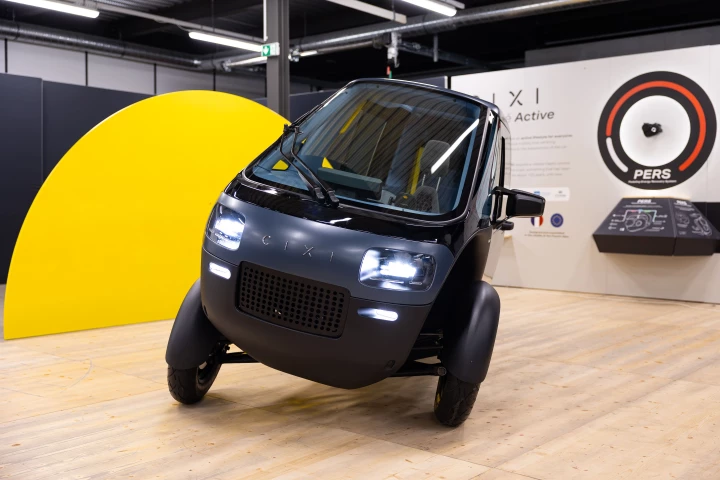Many of us take our ability to read signs, books, magazines, menus and instruction manuals for granted, but for an estimated 55 million people in the U.S. alone who have to contend with vision impairment, dyslexia or other specific learning disabilities, connecting with the world through text is not so simple. That's a big number - almost the the population of UK - and now Intel has announced a solution for this market in the form of new book-sized device that's not your average e-reader. The Intel Reader takes photos of text, converts the words to digital format and then reads them out loud.
Running on an Intel® Atom™ processor, the handheld Reader uses an in-built camera to capture printed material and translate it to digital format and then read it aloud with either a male or female voice. The menus are also audible, text size can be increased as needed or you can look at the pictures while the text is being read back.
The voice speed can also be slowed down or sped up to as fast as 250 words per minute. This sounds like it would be hard to handle, but power users accustomed to the device actually find this more comfortable.
There's USB connectivity to interface with your computer and the unit is built to take knocks on the move - its cleverly designed case even allows you to shoot photographs while it's packed away.
An add on product called the Intel Portable Capture Station is also available for quickly transferring big chunks of text like newspapers and books to the Reader. The Capture Station folds-out from a small suitcase in seconds and when erect, looks something like a darkroom enlarger of old. The written material is laid out on the platform and the overhead camera focuses and snaps the text so you can quickly flip through pages.
The original concept is from Intel researcher Ben Foss, who is one of the estimated 20 percent of people in the US who have symptoms of dyslexia.
"As someone who is part of this dyslexic community, I am thrilled to be able to help level the playing field for people who, like me, do not have easy access to the printed word," Foss said. "Feelings of loneliness are often the experience of not being able to read easily. We hope to open the doors for people in these communities. The Intel Reader is a tool that can help give people with dyslexia, low-vision, blindness or other reading-based disabilities access to the resources they need to participate and be successful in school, work and life."
It's not your average e-reader, but this tech will come at a premium - around the US$1500 mark.
Via Intel.







